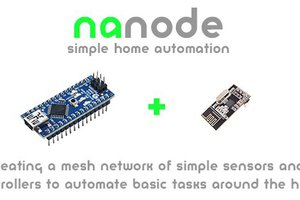The idea is simple, to try and make our city more energy efficient (less polution, less spending money) when it comes to street lighting. This can be done in two steps:
1) Change all existing light fixtures with LEDs. Currently there are thousands old light bulbs used in street lights here. They are mercury, metal-halide and sodium-vapor based and they are devouring power from the grid to keep the streets lit up. Simple changing from these old technologies to LEDs would make the city spend less money for lighting and more for other community projects. Stopping here would simple be bonkers, so read the second step to see how more money can be spared.
2) Since LEDs can be dimmed, why not make these new lamps somehow smart and make them lower the brightness at small hours when there is almost nobody outside, but keep the street intersections bright at 100%? How about making lamps report to the control center when LEDs ultimately die? This would also spare the city even more money because this way the maintenence does not need to drive around the city looking for broken lights (also, less air polution)! What about making lamps measure their own power consumption and report this to the control center? What about making these smart lamps have an additional output to control secondary light fixture, such as new year's decorations?
***
This gives us a rought picture that the project consists of three hardware parts:
A) LED driver,
B) Smart Controller with XBee and
C) Gateway with XBee connected to the data-center PC (or even to the Internet).
There must also be a software component:
A) Server that communicates with Gateway
B) Client application (web based) that communicates with Smart Controllers via XBee connected to the Server
***
Come back later to see how we planned to accomplish this and also the current project state, in the Project Log section.
 trax
trax

 Dewet
Dewet

 H00GiE
H00GiE